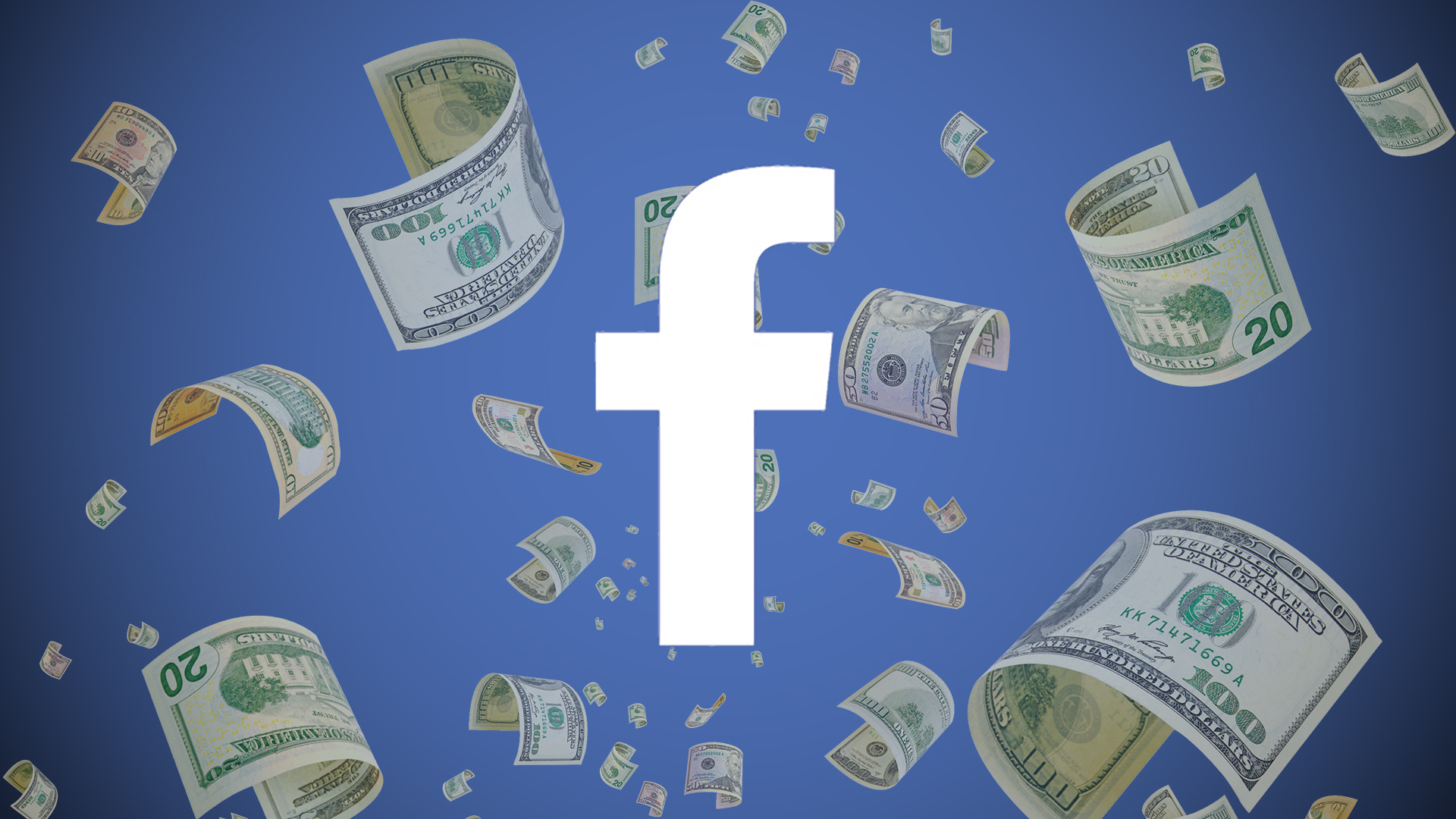Facebook will rank Audience Network publishers’ ad slots, price them accordingly
To create parity with News Feed ads, Facebook will appraise Audience Network publishers' ad placements based on what people do after they click on them.
If the Facebook News Feed is beachfront property for advertisers, its ad network of third-party publishers’ sites and apps, Audience Network, is akin to a less desirable neighborhood on the other side of town. Now Facebook is looking to gentrify it.
To make its off-Facebook ads closer to being worth the money brands are willing to pay for clicks on their on-Facebook ads, Facebook will start scoring the specific ad slots on publishers’ sites and mobile apps based on how likely they are to get people to not only click on an ad but follow through with whatever action the advertiser wanted them to perform after clicking. And then it will use those scores to determine how much money an advertiser should pay for a given placement.
As a result of the ad placement scoring system, publishers in Facebook’s Audience Network shouldn’t be surprised if their ad rates begin to fluctuate as Facebook rolls out the scoring system in phases over the next two months (Here’s what publishers can do to prepare for the change).
Facebook is effectively taking on the role of real estate appraiser for the publishers in its ad network, for whom it’s already serving as real estate agent.
If a native ad slot in a publisher’s app proves to get a lot of people to click on the ad and do things on the advertiser’s site, like buy a product or sign up for a test drive, Facebook will consider that placement more valuable and reserve it for advertisers willing to pay more for the performance. In effect, it would price it like a two-story house on a quiet street with a nice-sized kitchen.
Conversely, if an interstitial ad slot in that same publisher’s app gets a lot of accidental “fat finger” clicks because its “X” button is too small, and too often, those people who click it immediately bounce back from the advertiser’s site, Facebook will consider that placement less valuable and direct to advertisers not willing to pay as much for clicks. It would price it like a fixer-upper with a brown yard and water stains on the ceiling.
The ad placement scoring system will primarily apply to ad buys intended to get people to click on an ad and visit an advertiser’s site. Facebook already has measures in place to ensure that ad buys aimed at getting people to view a video, install an app or take a specific action on an advertiser’s site deliver on the advertiser’s objective.
What Facebook’s trying to address is the gap between the value of a click on an on-Facebook ad versus an off-Facebook one. The company has tried to get advertisers to move past the click as an ad objective, but some advertisers are set in their ways and consider clicks an adequate proxy for what they want to actually get out of their ads, like people buying products on their site.
Problem is, “not all clicks are created equal,” said Facebook’s head of ad tech, David Jakubowski.
“What happens today is [an advertiser] will put a click-based objective; they’ll run the ad on News Feed and Audience Network. And if they look at their Audience Network clicks, they’ll see a huge variation in the value they get for it: some are really good, some are not so good,” said Jakubowski.
Solution is, create something closer to equality by weighing the value of clicks on individual ad placements across Audience Network to bring them into balance with clicks on ads in Facebook’s News Feed. Facebook’s goal is that the ad placement scoring system will make Audience Network inventory more appealing to advertisers who can’t buy it independent of Facebook’s more attractive News Feed inventory.
If advertisers had their way, they might prefer to buy Audience Network inventory separate from News Feed inventory. That way they wouldn’t have to pay the same for a News Feed spot as for an Audience Network spot if they didn’t think the two placements were worth the same. But that’s not happening now, and Facebook hopes that it won’t need to happen.
“You still can’t buy the Audience Network separately. This change will normalize the value so that the need to split it out is less,” Jakubowski said.
In preparation for the change, Audience Network publishers can check out the Advertiser Outcome Score that Facebook provides them to get an idea of which placements they may need to adjust in order to take advantage of the scoring system and the corresponding best practices guide. The system will rank each individual placement on each publisher’s property in its network, meaning that a banner ad on the home screen of a publisher’s app will be examined independently of the banner ad on the home page of the publisher’s mobile site.
Facebook’s managed services team has already called or sent emails to the Audience Network publishers it works with directly to give them the heads-up about the change. The company is in the process of reaching out to the top “hundreds” of publishers that participate in Audience Network on a self-serve basis, said Jakubowski, but many publishers will find out about the change from articles like this one, as well as posts on Facebook’s site or in its email newsletters.
Opinions expressed in this article are those of the guest author and not necessarily MarTech. Staff authors are listed here.
Related stories
New on MarTech
